Scientists Discover The 40,000 Years Old Preserved Horse
In the Batagai Depression, also known as “Mouth of Hell” in the Yakutia region of Russia, an ancient baby horse was discovered, which, perfectly preserved, was known to scientists and archaeologists as the site of many fossils of woolly mammoths. The baby horse was only three months old and measured only 98 centimeters at the shoulder.
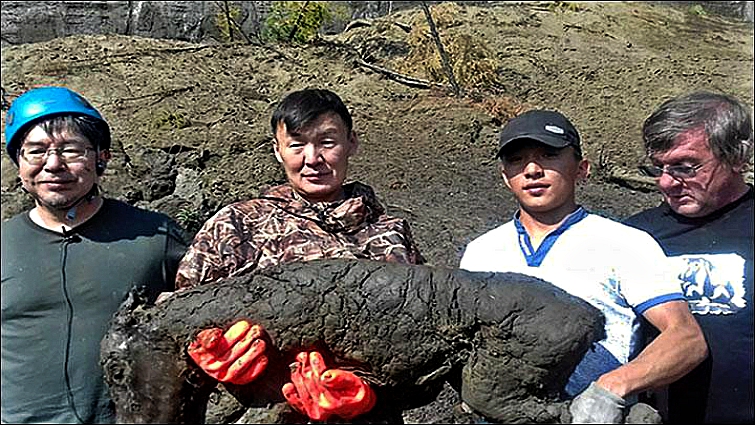
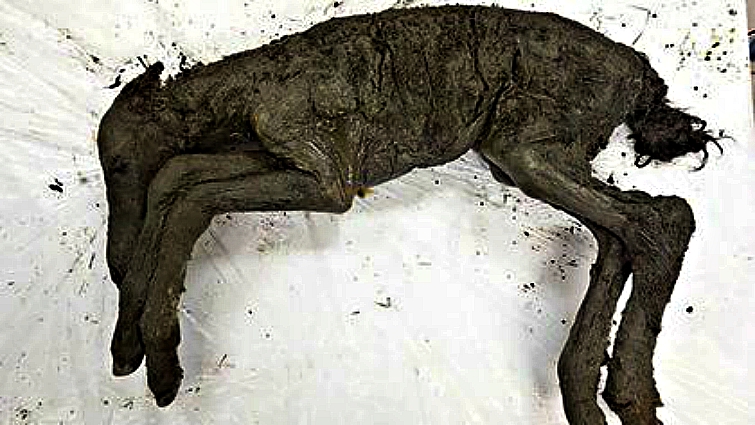
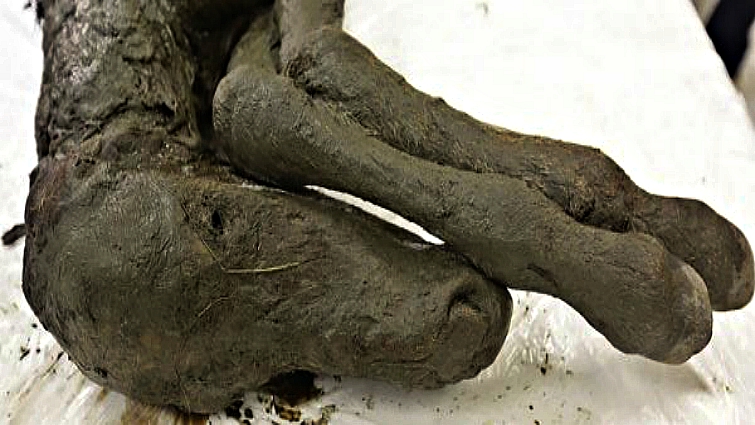
Exceptionally, the frozen permafrost protected the foal’s organ and skin down to the smallest detail, there was even well-preserved urine in the foal’s bladder and what astonished all paleontologists was the unique fact that this horse was completely preserved with no visible traces of its internal organs were in good condition, but also the tail, mane, and wool, which are very rarely found in such good shape in old animals.
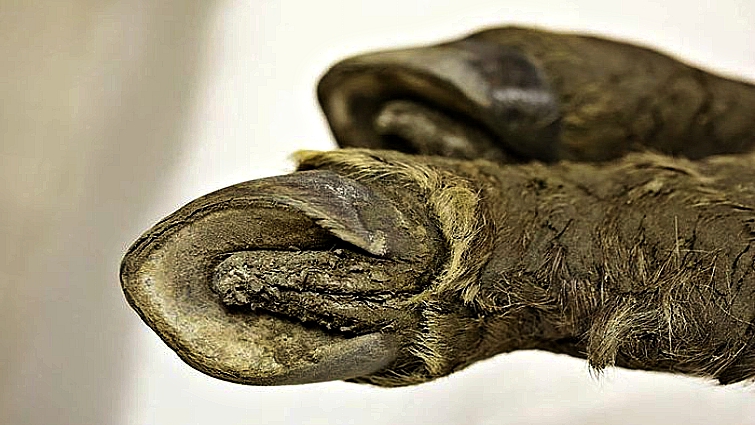
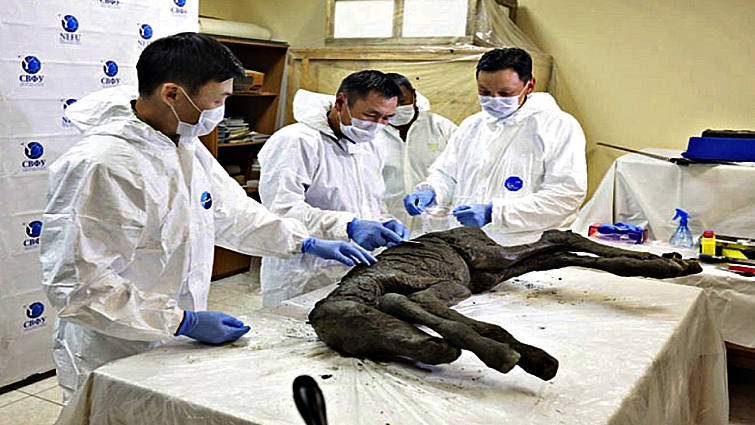
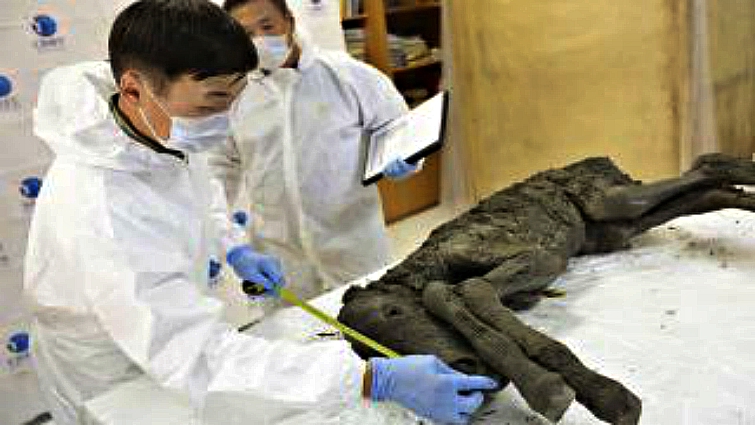
The biggest surprise was the liquid blood that was found on it because like many people you can tell that blood coagulates or turns to dust even in the best-preserved corpses. Blood fluids gradually fade over the course of thousands of years, but in the mammoth, named “Buttercup” by researchers, the blood was stored in ice in the remains. We must give a big applause to the scientists at the Northeast Federal University in Yakutsk and Kindai. Osaka University, Japan, made this incredible discovery that will be of great help in many ways.
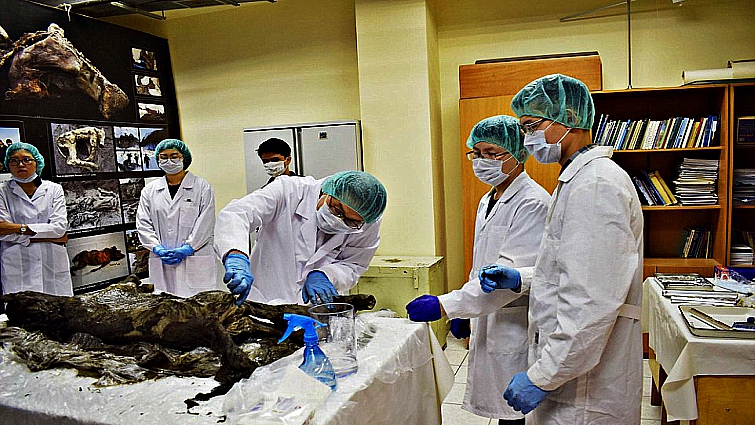
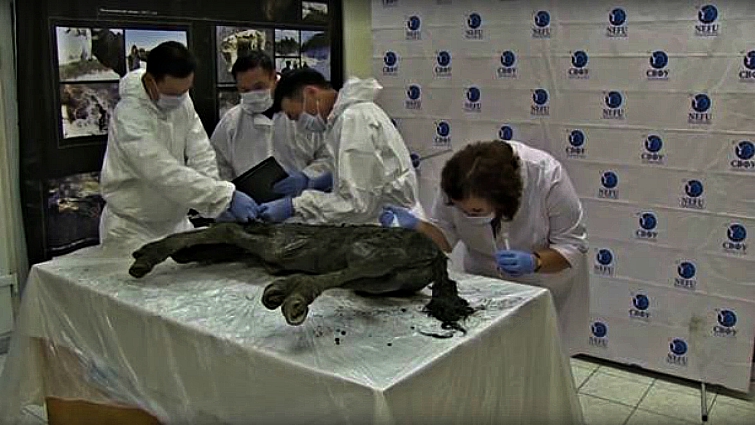
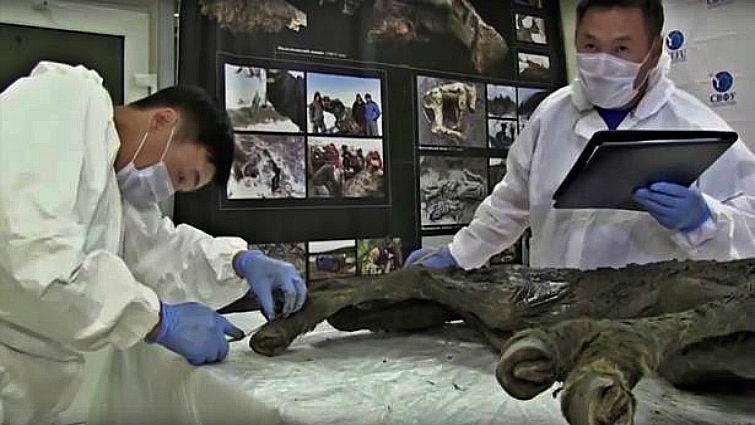
“This is the world’s first discovery of a prehistoric horse at such a young age and in such an amazing state of preservation,” said Semyon Grigoryev, director of the famous Mammoth Museum. Scientists say that this horse is now genetically different from those still living in the Yakutia region. The 40,000-year-old horse was an Equus Lenensis (also known as the Lena horse) that appeared in the Yakutia region in the late Pleistocene. This breed is now extinct and was discovered many years later from remains in the permafrost soil.
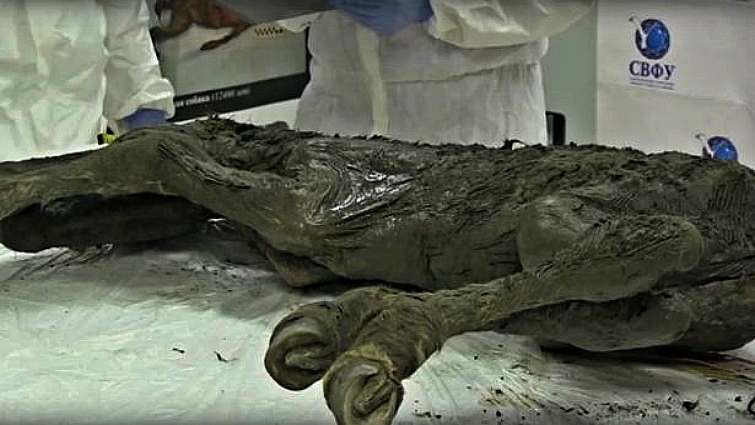
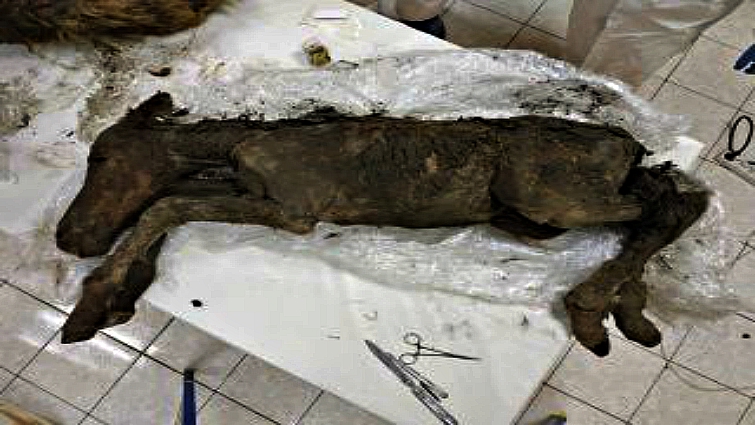
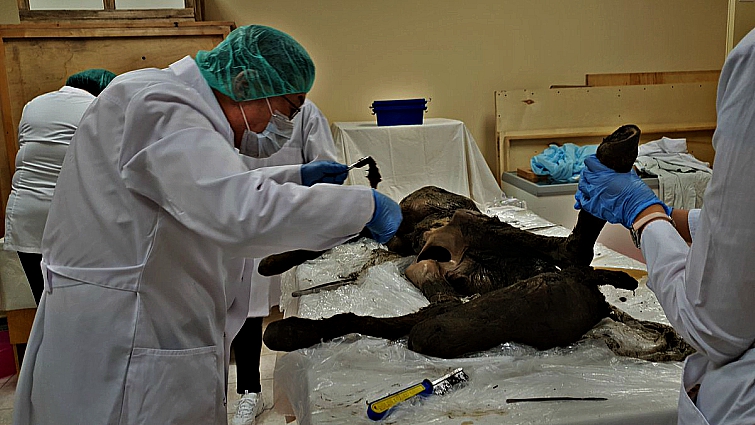
Hair, fluids, biological fluids, and soil samples were taken from the foal to allow researchers to conduct further research including a full autopsy which will determine the cause that made this foal pass away. In addition, the autopsy will bring the experts closer to the foal’s way of life. They plan to analyze its stomach to find out small important details of what it ate at the time, as mentioned earlier, the horse’s body had no visible wounds, so the experts who took part in the expedition believe that the foal could have accidentally drowned in a natural trap. Interestingly, there were no visible wounds on his body.
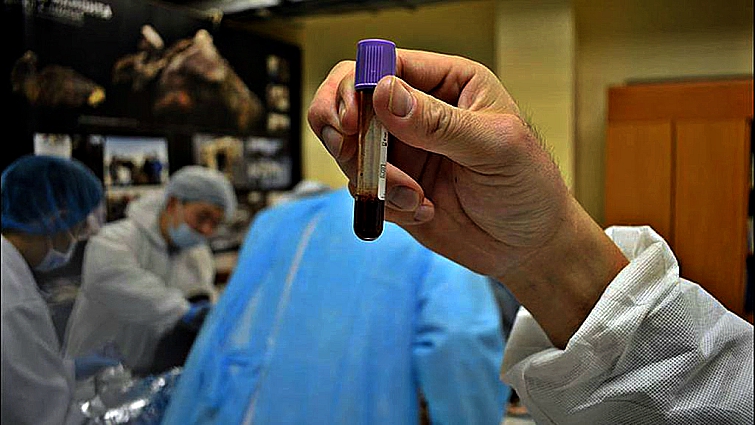
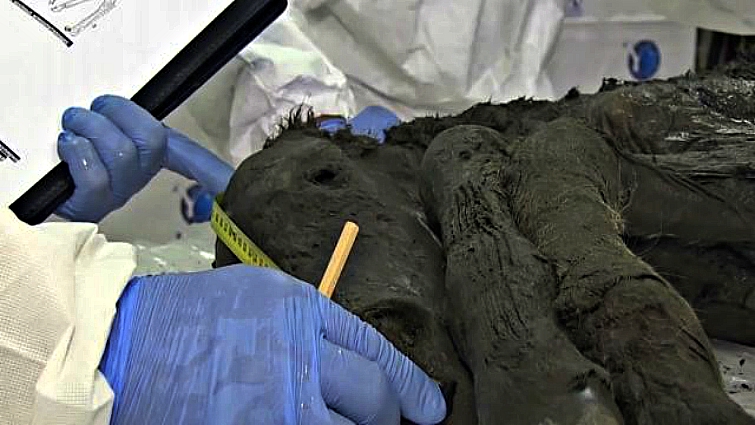
The experts who took part in the expedition suggested a very interesting version, suggesting that the foal may have drowned after falling into some sort of natural trap. This discovery is very important as it is a remarkable resource that sheds light on what life was like in the Ice Age, just like a screenshot from the past. With the help of the valuable find, the researchers were able to obtain samples of the soil layers in which it was preserved. With this unique find, experts are very confident that they will finally have the opportunity to discover the foal’s surroundings.

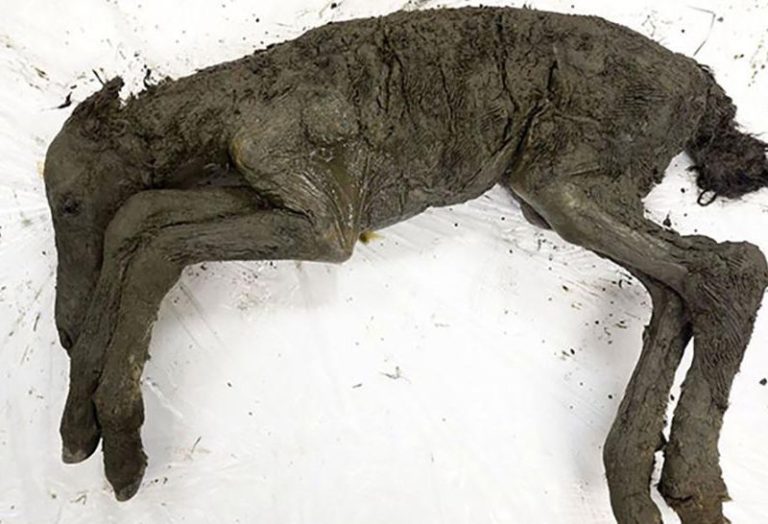
Much remains unknown from this time, but with this discovery, they hope to not only be able to tell the exact moment of the time the foal spent its short life, but also to solve the mystery and the darkness. that filled that part of the story. The question everyone has on their mind now is: can this extinct foal be cloned? Blood is not an answer to that question, the researchers said.
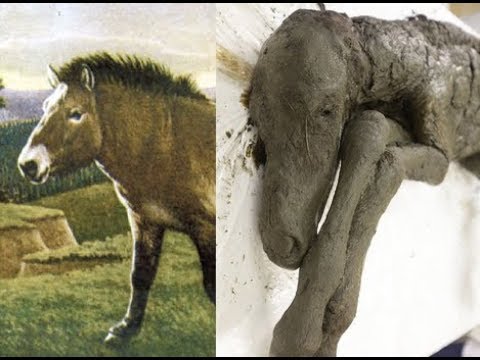
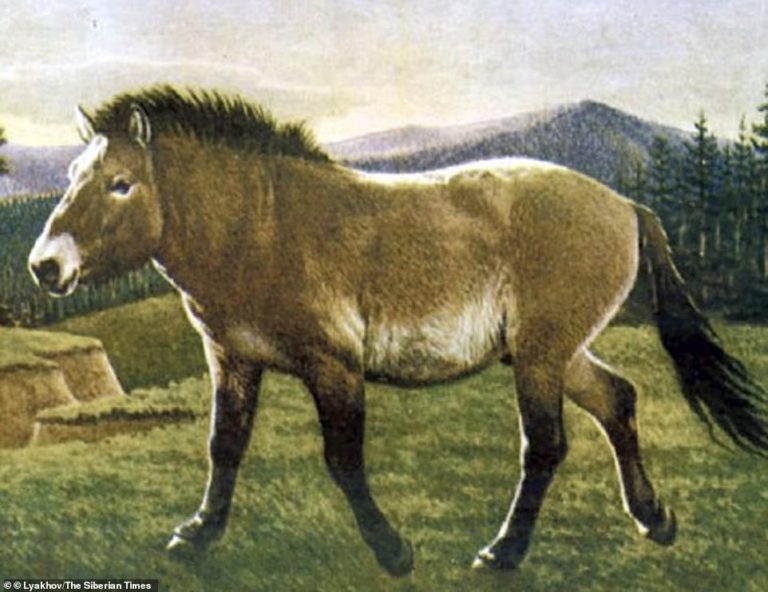
Red blood cells do not have a nucleus, so they do not contain any DNA with which to clone the foal. They invest all their energy in muscle cells and internal organs that they have found in good condition. This is also a difficult way to get what they want because DNA is broken down after an animal dies. Therefore, even under exceptional conservation conditions such as permafrost, it is very difficult to find the DNA required for cloning.
Related Posts
-
 Picasso, Inside The Life Of America’s Famous Wild Horse
No Comments | Jun 29, 2021
Picasso, Inside The Life Of America’s Famous Wild Horse
No Comments | Jun 29, 2021 -
 Horse Stuck In Deep Snow Gets Rescued By Young Snowboarders
No Comments | Oct 16, 2021
Horse Stuck In Deep Snow Gets Rescued By Young Snowboarders
No Comments | Oct 16, 2021 -
 This Police Horse Will Start His Working Day Only If He Gets His Cup Of Tea
No Comments | Oct 21, 2022
This Police Horse Will Start His Working Day Only If He Gets His Cup Of Tea
No Comments | Oct 21, 2022 -
 A Dog Who Was Not Allowed To Be Touched Because Of Illness, Runs To Hug A New Owner
No Comments | Dec 16, 2021
A Dog Who Was Not Allowed To Be Touched Because Of Illness, Runs To Hug A New Owner
No Comments | Dec 16, 2021

